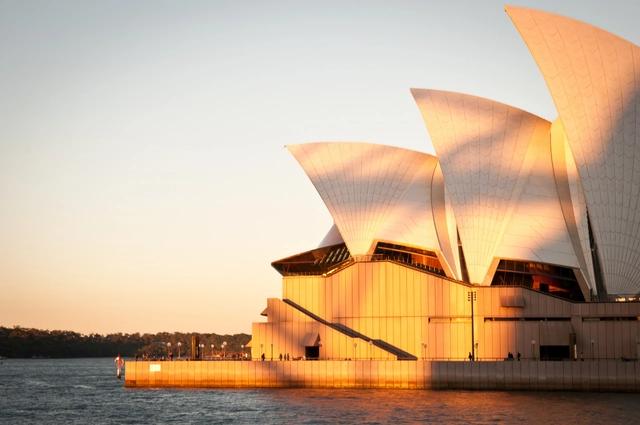
ArchDaily is continuing our partnership with The Architectural Review, bringing you short introductions to the themes of the magazine’s monthly editions. In this introduction to the December – January 2017 issue—the magazine's celebration of its 120th anniversary—Editor Christine Murray discusses the legacy that comes from more than a century being one of architecture's most respected magazines, and looks forward to the future of the publication. "Looking forward, we are committed to doing things differently – which, paradoxically, is what we’ve always done," she explains.
The archive of The Architectural Review is a great cabinet of curiosities – a cacophony of voices, styles, illustrations and photographs, Outrages and Delights, personalities and proclivities, polemics, failures and fetishes. In creating this anniversary edition celebrating 120 years of criticism, we wanted to capture the diversity and eccentricity of this ongoing architectural conversation. As such, the archive content is organized not chronologically, but in perennial themes that have echoed and evolved across the decades, from technology to education – forces that have shaped the profession.











